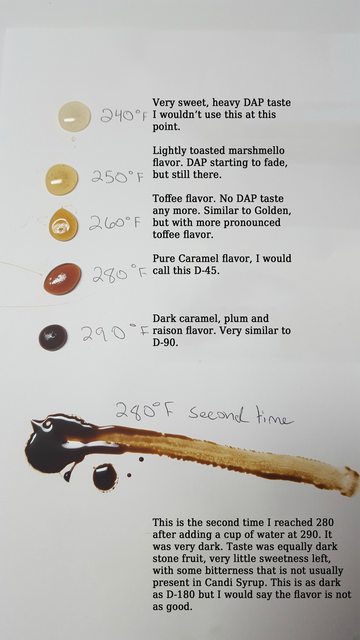Diammonium phosphate is pretty much the definition of yeast nutrient.
Citric acid enhances inversion, or the breakdown of sucrose into fructose and glucose, which then go on to react with nitrogen compounds (the ammonium in DAP) to form maillard products. The phosphate forms phosphoric acid and acts in a similar role when you use DAP.
High pH helps to drive maillard reactions, so the best course would be to first invert the sucrose, neutralize the acid (although you can invert just through elevated temp), and then perform the maillard forming step at a raised pH.
Also, when you change the source of nitrogen (DAP) or have a more complex source (DAP + yeast) you will create a different flavor profile.
http://www.midwestsupplies.com/yeast-energizer-vs-yeast-nutrient.html
Spot on!

Let me add, some yeast nutrients contain other products such as Urea, minerals, trace elements, vitamins, etc. In addition to DAP (not the caulk!), a pinch of Epsom Salt (Mg), a drop of EV olive oil, I always add a smidgen of chelated Zinc (crushed "vitamin" pills) to my yeast starter wort toward the end of the boil.
Here is a link RyanBrew's Blog with a different sugar experiment than SnickASaurusRex's (the OP).


![Craft A Brew - Safale S-04 Dry Yeast - Fermentis - English Ale Dry Yeast - For English and American Ales and Hard Apple Ciders - Ingredients for Home Brewing - Beer Making Supplies - [1 Pack]](https://m.media-amazon.com/images/I/41fVGNh6JfL._SL500_.jpg)
























































